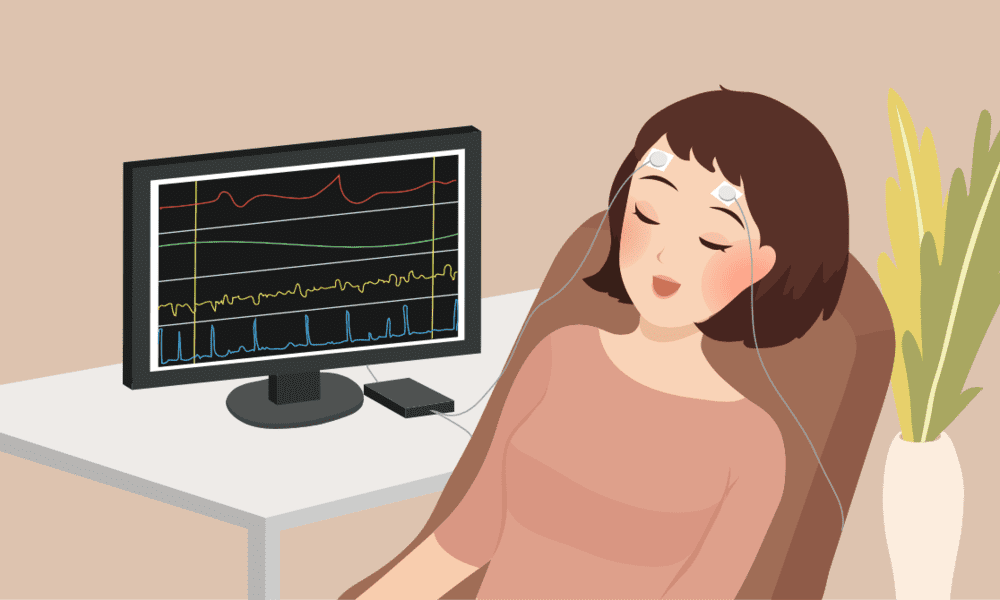Harnessing the Potential of Biometric Feedback to Revolutionize Chronic Discomfort Control and Enhance Standard of Life
Harnessing the Potential of Biometric Feedback to Revolutionize Chronic Discomfort Control and Enhance Standard of Life
Blog Article
Persistent discomfort is a syndrome that impacts countless of people across the globe. It can be caused by multiple elements, including injuries, diseases, or even anxiety. For many individuals, controlling chronic pain can be a constant struggle that affects their quality of life. Traditional treatments often consist of medications, physiotherapeutic therapy, and occasionally surgery. However, these approaches do not always provide the relief that individuals seek. Lately, biofeedback has emerged as a promising option for managing chronic pain and enhancing overall health.
Biofeedback is a technique that educates patients how to control certain bodily functions by utilizing signals from their own bodies. This approach involves employing sensors that monitor physiological responses such as heart rate, muscle tension, and skin temperature. By providing real-time feedback, individuals can discover to recognize their body's reactions to pain and stress. This awareness allows them to develop strategies to handle their pain more effectively. For instance, if a person observes that their muscle tension increases when they are in pain, they can practice relaxation techniques to help reduce that tension.
One of the additional resources primary advantages of biofeedback is that it empowers individuals to take an proactive role in their pain management. Instead of relying solely on medications or treatments from medical providers, patients can gain to comprehend and regulate their own bodies. This sense of control can lead to increased confidence and a more optimistic outlook on life. Many individuals indicate feeling more in control of their pain and less like sufferers of their syndrome. This change in perspective can significantly enhance their standard of life.
Studies has demonstrated that biofeedback can be beneficial in reducing chronic pain indicators. Research suggest that patients who use biofeedback techniques often experience less pain and improved physical function. Additionally, biofeedback can help reduce anxiety and stress, which are frequent issues for those living with chronic pain. By addressing both the physical and emotional aspects of pain, biofeedback offers a comprehensive approach to pain management. This comprehensive method can lead to better outcomes for patients, allowing them to engage more fully in their daily activities.
In conclusion, biofeedback is a valuable tool for revolutionizing chronic pain control. By teaching individuals to understand and control their physiological responses, biofeedback enables individuals to take control of their pain. This method not only helps alleviate pain but also improves overall standard of life. As more people seek alternatives to traditional pain management methods, biofeedback stands out as a potential solution. With ongoing investigation and awareness, biofeedback could turn into an integral part of chronic pain therapy, helping patients lead more fulfilling, more fulfilling lives.